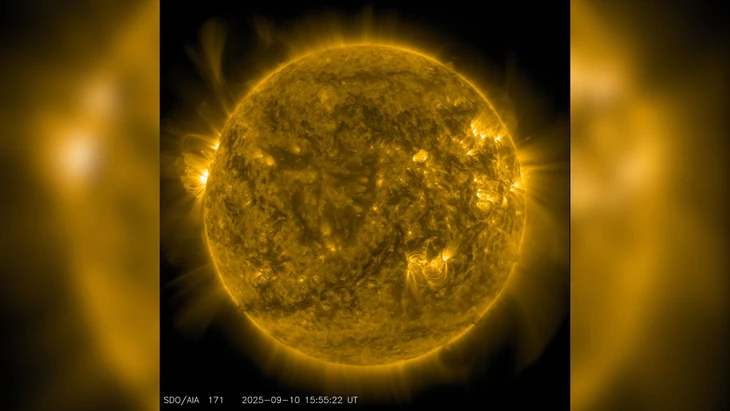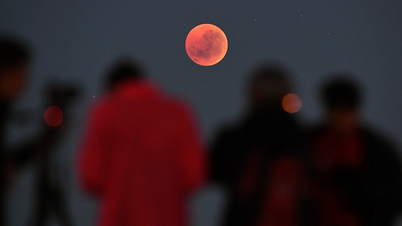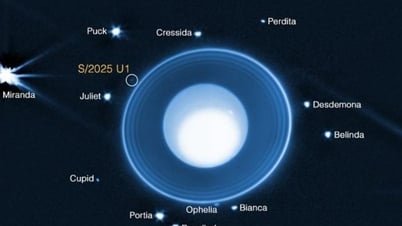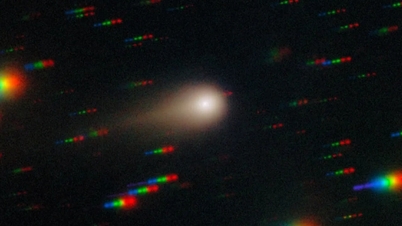
This photo of the Sun was taken on September 10, 2025, using ultraviolet light. The photo shows that there are many strong activities on the Sun's surface: sunspots, solar flares, plasma eruptions - Photo: NASA/GSFC/Solar Dynamics Observatory (SDO)
New research by two NASA scientists , published in Astrophysical Journal Letters in early September, shows that since 2008, solar activity indicators have increased again, reversing a declining trend that began in the 1980s.
Previously, many experts predicted that the Sun would enter a prolonged "hibernation" period with record low activity.
"We thought the Sun was going into a rare quiet period, so it was a surprise to see this trend reverse. The Sun is waking up!" said space plasma physicist Jamie Jasinski of NASA's Jet Propulsion Laboratory (JPL), lead author of the study.
NASA says increased solar activity could affect space weather and even technologies on Earth.
Increased solar activity means there may be more solar storms, solar flares and coronal mass ejections.
This phenomenon not only directly affects satellites, spacecraft and the safety of astronauts, but also impacts the Earth: disrupting power grids, GPS systems and radio waves.
According to NASA, solar activity varies in 11-year cycles. The current cycle, Solar Cycle 25, began in 2020 and follows the previous cycle, which was the weakest in 100 years.
Scientists once thought the "deep solar minimum" would last longer, but since 2008, measurements of the solar wind and magnetic field have shown the opposite trend.
The next cycle, Solar Cycle 26, is predicted to begin in the period 2029-2032, but meteorological agencies have not yet released detailed forecasts.
To better prepare for space weather monitoring, NASA and NOAA will launch new missions such as IMAP, Carruthers Geocorona Observatory and SWFO-L1 in the near future. Previously, NASA also collaborated with SpaceX to deploy the TRACERS satellite pair to study the interaction between the solar wind and the Earth's magnetic field.
NASA emphasizes that accurate space weather forecasting is vital to protecting astronauts in the Artemis program, because cosmic radiation is a major risk to human health.
In May 2024, NASA recorded the strongest geomagnetic storm in more than 20 years, bringing the aurora borealis down to Mexico. Such storms can disrupt the internet, paralyze air and maritime radio communications, and even threaten global electronic infrastructure systems.
Source: https://tuoitre.vn/mat-troi-bat-ngo-tinh-giac-nasa-bao-dong-nguy-co-bao-vu-tru-tan-cong-trai-dat-20250917204900066.htm




































![[Photo] Binh Trieu 1 Bridge has been completed, raised by 1.1m, and will open to traffic at the end of November.](https://vphoto.vietnam.vn/thumb/1200x675/vietnam/resource/IMAGE/2025/10/2/a6549e2a3b5848a1ba76a1ded6141fae)































































Comment (0)